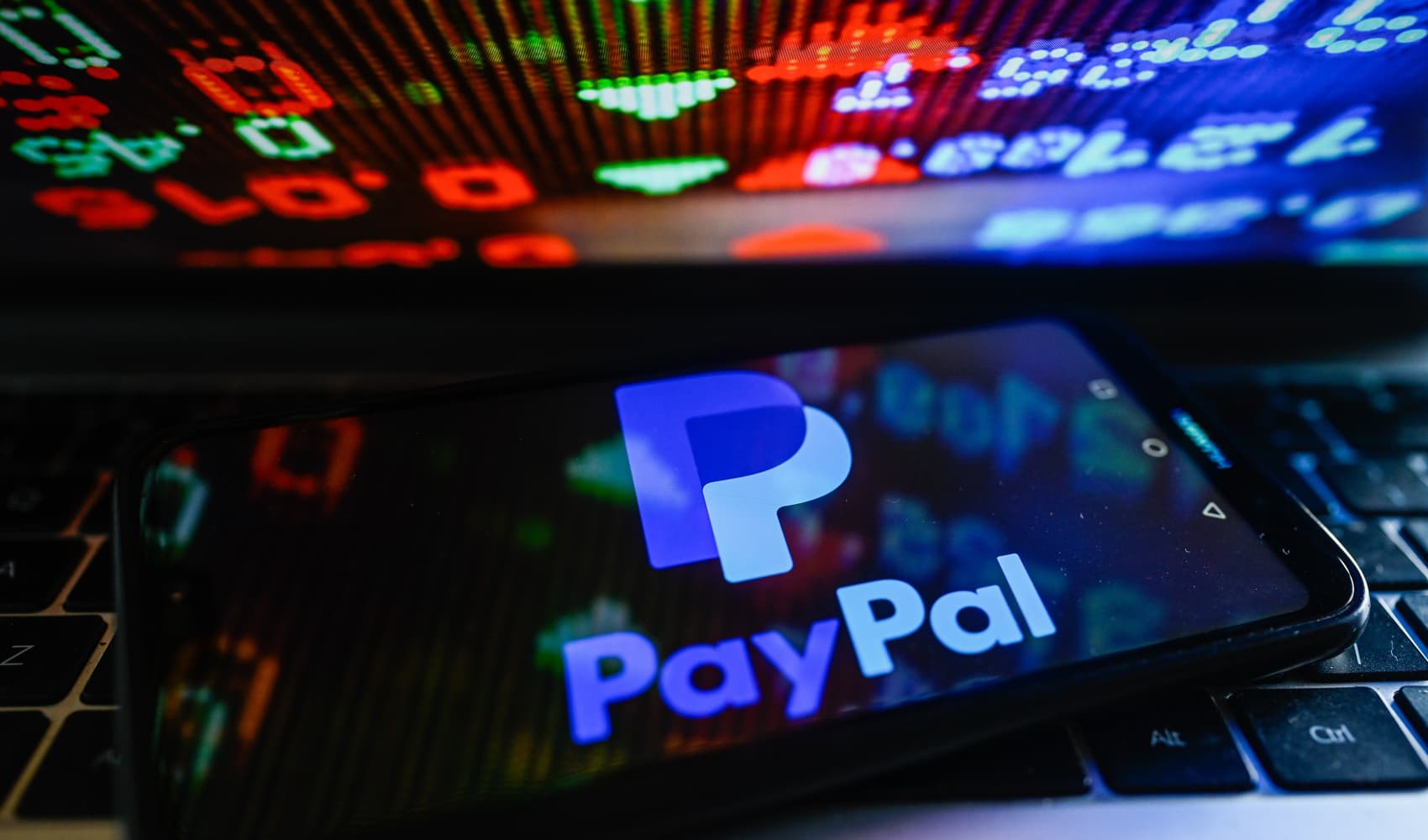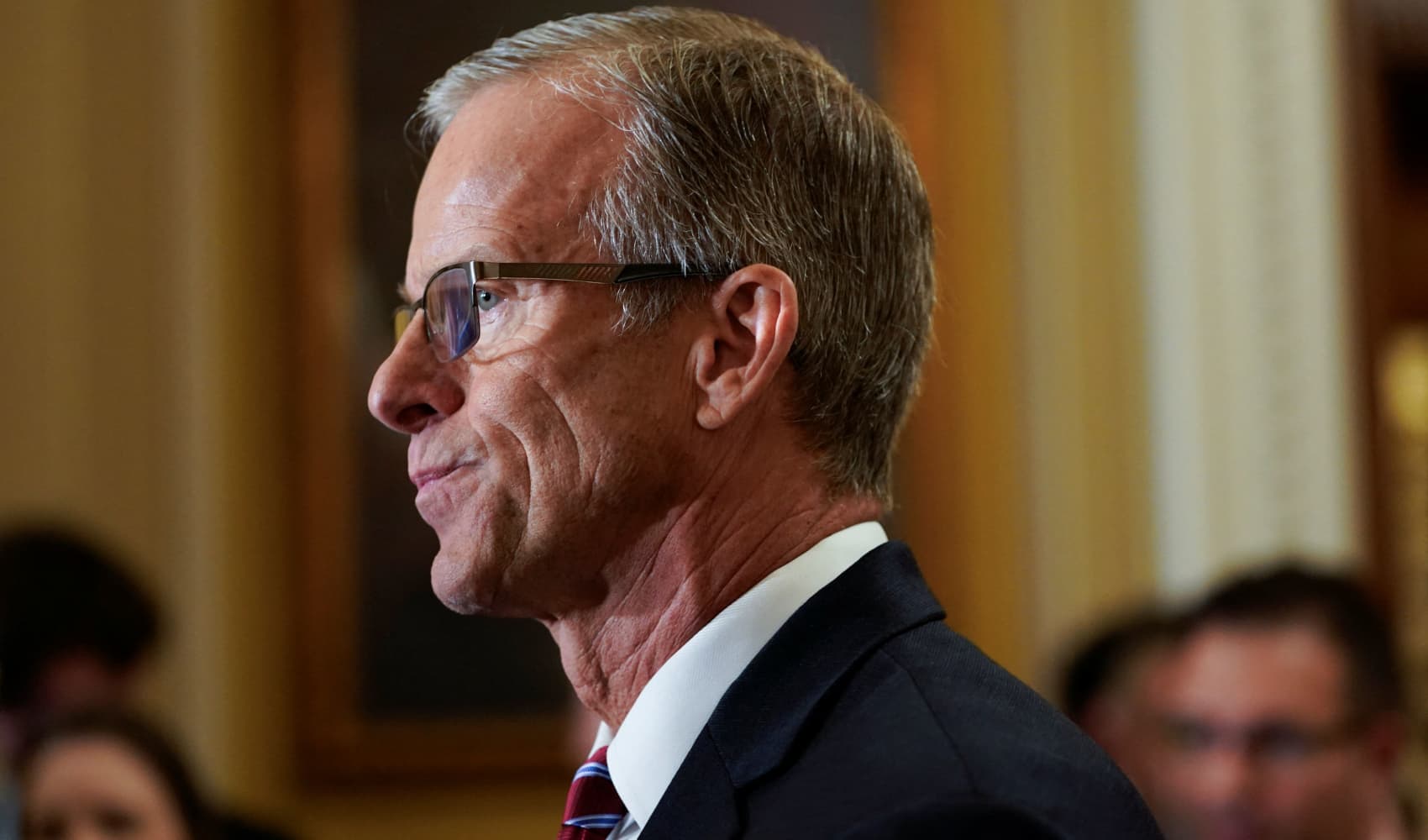Coinbase Ditches Fees: PayPal Stablecoin Payment War!
Coinbase Zeroes Out PayPal Stablecoin Fees: Payment Wars Heat Up
Introduction: The Stablecoin Standoff
Buckle up, folks! The world of digital payments is about to get a whole lot more interesting. Coinbase, one of the biggest names in crypto, is making a bold move by eliminating fees for purchasing PayPal's USD-backed stablecoin, PYUSD. But why now? What's the big picture? Well, it seems the stablecoin race is heating up, and everyone is vying for a piece of the pie. Think of it as the digital Wild West, but instead of gold, everyone's chasing stablecoins.
Coinbase's PYUSD Play: A Fee-Free Future
Coinbase isn't just being generous; they're playing a strategic game. By removing the fees associated with buying PYUSD, they're hoping to incentivize more users to adopt and use PayPal's stablecoin. It's a bit like offering free samples at the grocery store – get people hooked, and they'll keep coming back for more.
The Goal: Increased Adoption and On-Chain Payments
The primary aim is to accelerate the adoption, distribution, and utilization of PYUSD. Coinbase wants to make it easier for both consumers and institutional users to embrace on-chain payment opportunities. After all, if it's cheap and easy, why wouldn't you use it?
PayPal and Coinbase: A Budding Bromance?
But wait, there's more! Coinbase and PayPal aren't just playing nice; they're actually teaming up. They're planning to collaborate on "stablecoin-based solutions" for payments and commerce. Could this be the start of a beautiful friendship? It certainly looks like they're betting on a future where stablecoins play a central role in the digital economy. Think of it like Batman and Robin, but with blockchain instead of batarangs.
Decentralized Finance (DeFi) Use Cases
And that's not all! They're also exploring potential use cases for PYUSD in the world of decentralized finance (DeFi). This means finding ways for PYUSD to be used in lending, borrowing, and other DeFi applications. Imagine earning interest on your PYUSD simply by holding it in a DeFi protocol. Sounds pretty good, right?
Circle Enters the Fray: A Challenger Appears
Now, here's where things get even more interesting. Earlier this week, Circle, the company behind the USDC stablecoin, launched a payments network specifically designed for financial institutions. This is a direct challenge to a major part of PayPal's business. Circle is essentially saying, "We can do it better, faster, and more efficiently." This is like Pepsi challenging Coke, or Ford challenging Chevy.
A Revenue Agreement with Coinbase
What makes this even juicier is that Coinbase has a revenue agreement with Circle. So, while Coinbase is promoting PYUSD, they also benefit from the success of USDC. It's a complex web of partnerships and competition, but that's what makes it so fascinating.
PYUSD's Slow Start: Lagging Behind the Competition
Let's be honest, PYUSD hasn't exactly set the world on fire since its launch in 2023. Its market cap is relatively small compared to the giants like USDT (Tether) and USDC. It's like the new kid on the block trying to make a name for themselves. Coinbase's move to eliminate fees is a clear attempt to jumpstart PYUSD's growth and help it catch up to the leaders.
Stablecoins: The Future of Payments?
So, why all the hype around stablecoins? Well, they offer the stability of traditional currencies like the US dollar but with the speed and efficiency of blockchain technology. They're like the best of both worlds. This makes them ideal for a wide range of use cases, from everyday purchases to international remittances.
Reducing Transaction Fees
One of the biggest advantages of stablecoins is their ability to reduce transaction fees. Traditional payment systems often involve hefty fees, especially for cross-border transactions. Stablecoins can significantly lower these costs, making payments more affordable for everyone.
Faster Transaction Times
Another key benefit is faster transaction times. Traditional payment systems can take days to settle transactions, especially for international transfers. With stablecoins, transactions can be settled in a matter of seconds or minutes.
The Regulatory Landscape: A Cloud of Uncertainty
Of course, the stablecoin market isn't without its challenges. One of the biggest hurdles is the regulatory landscape. Governments around the world are still grappling with how to regulate stablecoins, and the lack of clear regulations creates uncertainty and risk.
The Need for Clear Regulations
The industry is calling for clear and consistent regulations that provide a framework for stablecoins to operate within. This would help to foster innovation and growth while also protecting consumers and investors.
Competition Heats Up: Who Will Win the Stablecoin Race?
The stablecoin market is becoming increasingly competitive, with a growing number of players vying for dominance. Will PYUSD become a major player? Will USDC maintain its lead? Or will a new stablecoin emerge to disrupt the market? Only time will tell. But one thing is for sure: the race is on!
The Role of Central Bank Digital Currencies (CBDCs)
It's also worth considering the potential impact of Central Bank Digital Currencies (CBDCs). If governments issue their own digital currencies, could they potentially displace stablecoins? Or will stablecoins and CBDCs coexist? The answer to these questions will have a significant impact on the future of the digital payments landscape.
Coinbase's Long-Term Vision: More Than Just a Crypto Exchange
Ultimately, Coinbase's move to embrace PYUSD is part of a larger vision. They're not just trying to be a crypto exchange; they're aiming to become a major player in the broader financial ecosystem. By fostering the adoption of stablecoins and other digital assets, they're positioning themselves for a future where blockchain technology is integrated into every aspect of our lives.
Conclusion: The Future of Digital Payments is Here
Coinbase eliminating fees for PYUSD purchases signifies a pivotal moment in the stablecoin arena. With partnerships blooming and competition intensifying, the stage is set for an exciting evolution in digital payments. Whether PYUSD rises to prominence or USDC maintains its stronghold, the push toward seamless, efficient, and accessible transactions powered by stablecoins is undeniable. The race is on, and the future of digital payments is unfolding before our eyes.
Frequently Asked Questions (FAQs)
-
Q: What exactly is a stablecoin?
A: A stablecoin is a type of cryptocurrency designed to maintain a stable value, typically pegged to a real-world asset like the US dollar. This helps to reduce the price volatility that is common with other cryptocurrencies.
-
Q: Why is Coinbase removing fees for PYUSD?
A: Coinbase is removing fees to encourage wider adoption of PYUSD, making it more attractive for users to buy, use, and integrate into various payment and DeFi applications. It's a strategic move to boost PYUSD's market presence.
-
Q: How does Circle's new payments network affect PayPal?
A: Circle's payments network directly challenges PayPal's core business by offering similar services to financial institutions, potentially disrupting PayPal's market share and revenue streams.
-
Q: What are the potential benefits of using stablecoins for payments?
A: Stablecoins offer benefits like faster transaction times, lower fees, and increased accessibility compared to traditional payment systems. They also offer the potential for greater financial inclusion.
-
Q: What are the risks associated with using stablecoins?
A: Some risks include regulatory uncertainty, potential for illicit activities, and the possibility of a stablecoin losing its peg to the underlying asset. It's important to understand these risks before using stablecoins.







